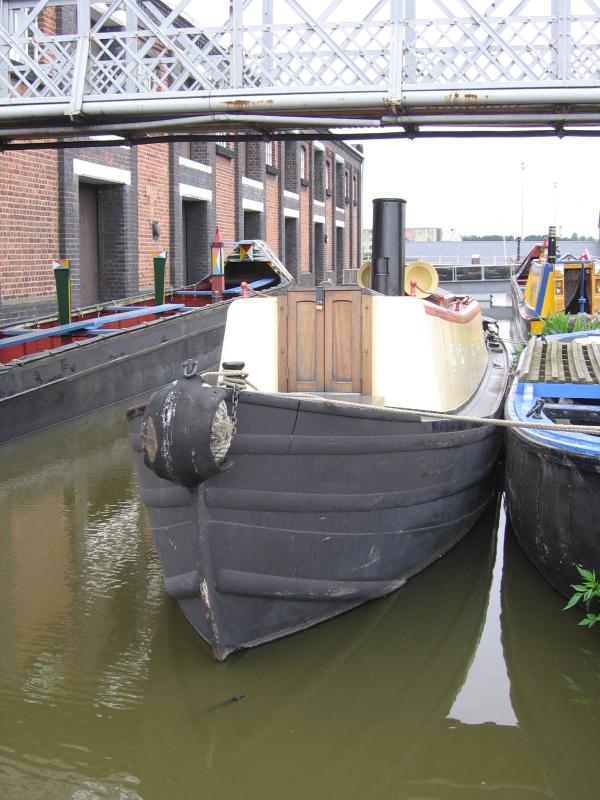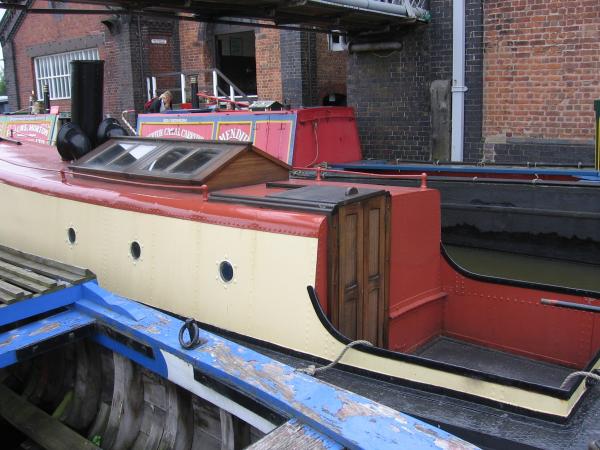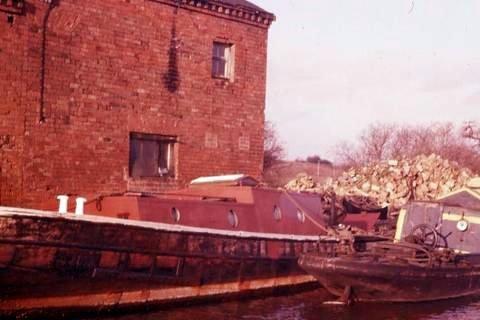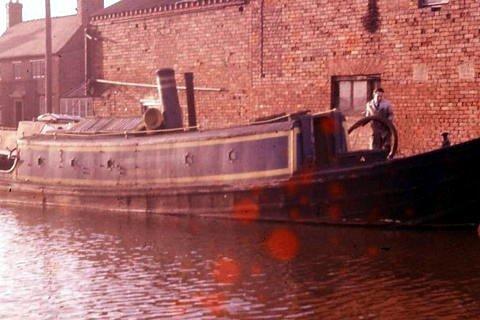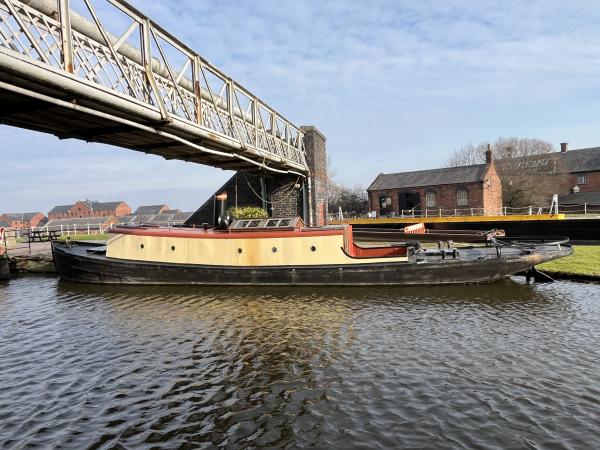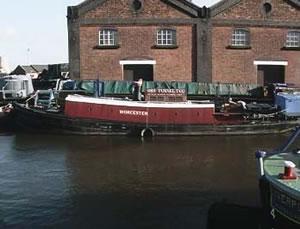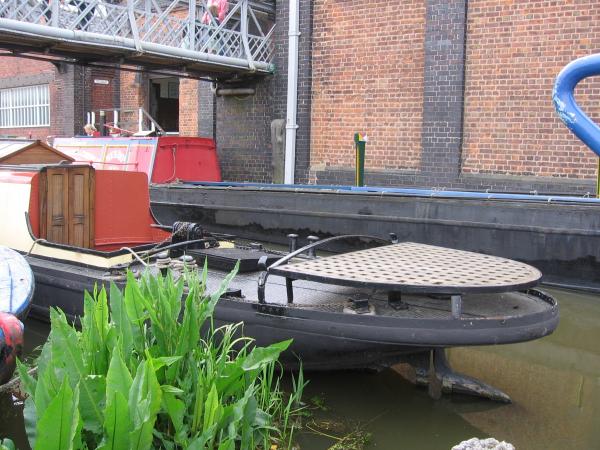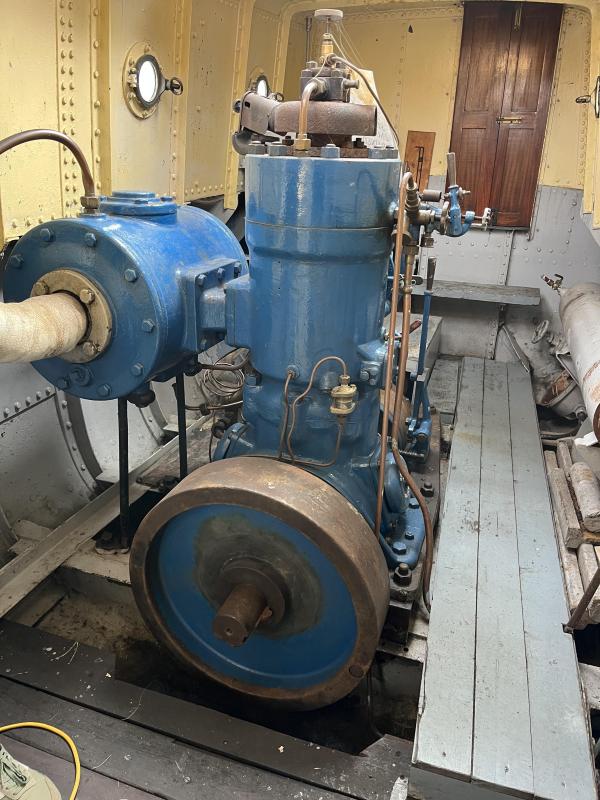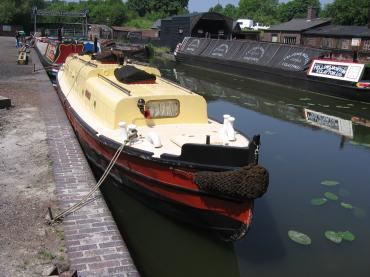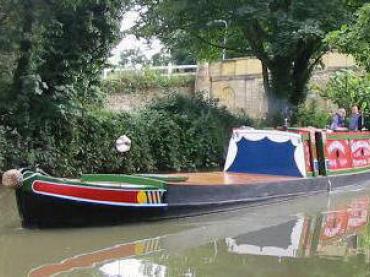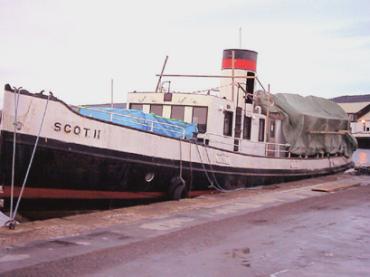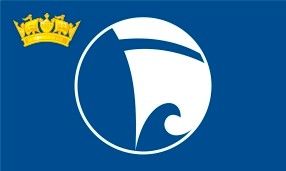
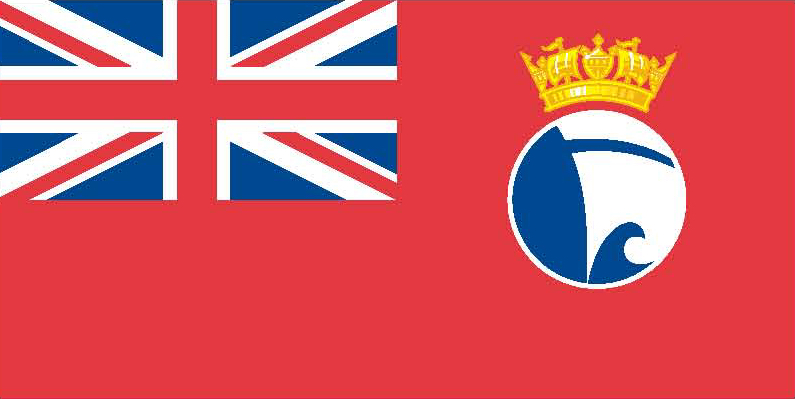
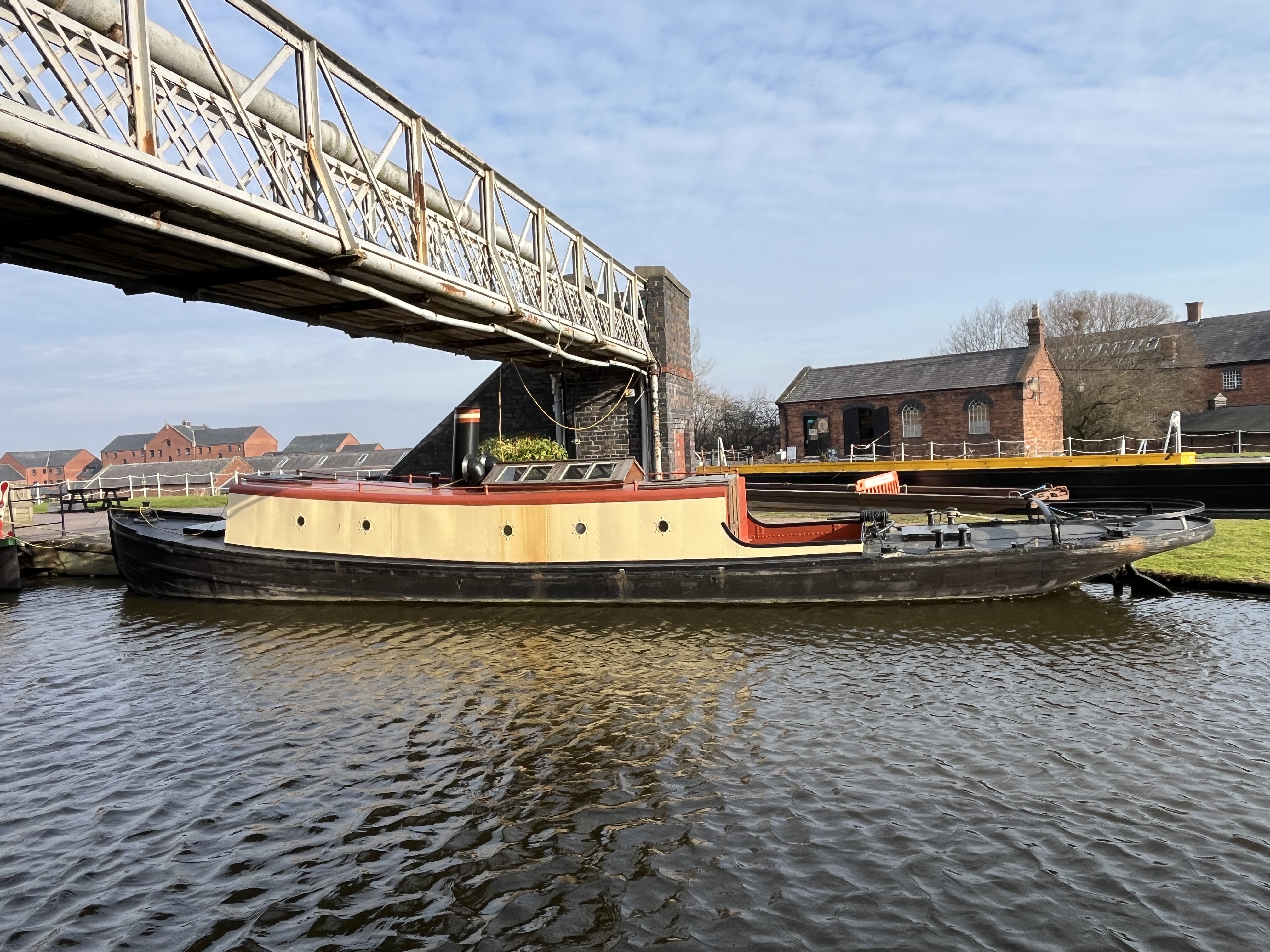
Details
Construction
Dimensions
History
Built in 1912 by Isaac J. Abdella & Mitchell of Brinscombe on the Thames and Severn Canal, WORCESTER was one of five motor tugs built between 1908 and 1912 for the Sharpness New Docks Company to tow barges through canal tunnels. She was constructed of iron throughout and has remained virtually unaltered except for an engine change in 1929.
WORCESTER’S story vividly illustrates the role and fate of such small, powerful and versatile vessels during the First World War. At the beginning of the war a number of the tug’s crew, including her engineer, joined the army to man barges operating on canals in France. By the beginning of 1916, the Company became increasingly concerned about the decreasing number of boats being towed through the canal tunnels; the 421 towed in September 1915 had reduced to 307 in September 1916, by which time the number of boats towed barely paid the wages of the tug crews. They thus looked at ways to reduce costs and economise.
On 2 August 1916 the owners of WORCESTER and her sister tug BIRMINGHAM received a letter from the Admiralty regarding tugs wanted by one of the Allied Powers. The owners offered both tugs for sale at £1,500 each, but on 16 August the chairman reported that the Admiralty rejected the offers to buy the tugs, considering them too expensive.
Six months later, in February 1917, an Order of the Board of Trade put the entire British canal system under government control and a Canal Consultative Committee was set up. One of its first acts was to give notice that no plant or machinery could be sold without its permission; in April 1917 it issued a letter stating that ‘no tugs should be disposed of’. As the company was anxious to reduce its costs it immediately started negotiations for the sale of BIRMINGHAM. On 2 May 1917 it was falsely reported that she had been sold to the War Office, but on 4 July it was announced that a settlement had been reached with the Borough of St Marylebone for her purchase for £925 plus an additional payment of £30 11s 5d for delivery and the services of a driver in London.
Further attempts were then made to sell WORCESTER through an agent. On 20 June 1917 the engineer reported that negotiations for the sale had been delayed owing to a defect in one of the cylinders, which had to be repaired before a trial run could be arranged. By 4 July the repair had been carried out and the tug was put under offer to Messrs Perman & Co. for the sum of £1,000, who were arranging for an early inspection by one of their clients. Two week later the engineer reported that he had met an inspecting officer at Tardebigge, and that a very satisfactory trial had been run. However, the officer was not authorised to discuss terms of purchase.
A month later, in August 1917, a letter was received from Messrs Perman & Co. stating that their client, the Admiralty, again refused the purchase of WORCESTER, as the price was in excess of what they expected to pay for such a craft. Discussion followed but the owners refused to budge on the price of £1,000. By September 1917 nothing further had been heard from the Admiralty.
The Canal Consultative Committee recognised that the tug was doing useful work on the Gloucester section, and felt that it would be as well to keep her there. This was then approved by the Board of Trade and she continued in this role for the rest of the war.
WORCESTER is now preserved in operating condition at The Boat Museum (now the National Waterways Museum), Ellesmere Port.
Significance
1. What is the vessel’s ability to demonstrate history in her physical fabric?
Evidence for designs, functions, techniques, processes, styles, customs and habits or uses and associations in relation to events and people. How early, intact or rare these features are may impact on significance.
WORCESTER was the last of five motor tugboats built between 1908 and 1912 for the Sharpness New Docks and Gloucester and Birmingham Navigation Company for use on the English narrow canals. She is mono-hulled and was constructed of iron throughout, apart from oak doors and skylight hatches in her cabin area, and wooden fittings in the cabin itself. She has a centrally located funnel and a cabin area that extends across her width and along two thirds of her length. She has a curved transom which is raked forward steeply exposing the rudder when unladen. The stern is fitted with a perforated iron supporting frame raised about 1 foot above the deck. Her external structure has remained virtually unaltered.
WORCESTER’s original engine was a 36 hp twin cylinder 2 RO 1 British Kromhout engine, built at the works of Plenty & Sons Ltd, Newbury. It produced pungent fumes and alterations were made to reduce this following legal action. In 1930 a new 30 hp Bolinder semi diesel engine was fitted. In 1972 her engine was removed and work was started to conserve her. A new phosphor bronze main diesel injector pump was made, and the 2½ tons of engine was reinstalled in 1977. Recently further major conservation work has been carried out, mainly to her hull and superstructure, requiring a considerable amount of riveting, metalwork and woodwork. When the waterways in Britain were nationalised in 1948 WORCESTER was painted in the new British Waterways blue and yellow livery. Previously she had a cream superstructure, black hull and red oxide roof, a colour scheme that was restored following her acquisition by the Boat Museum in 1972.
2. What are the vessel’s associational links for which there is no physical evidence?
Associations with people or places. Off-ship research.
WORCESTER was built in 1912 by Isaac J. Abdella & Mitchell of Brinscombe Port, Stroud, on the Thames and Severn Canal where she spent most her working life, giving her strong associations with this area. She worked initially on the Worcester and Birmingham Canal towing horse-drawn boats along the lock-free pound between Tardebigge and Kings Norton and through the Tardebigge and Shortwood tunnels. She continued working throughout the First World War, despite attempts by her owners to sell her to the Admiralty to reduce their costs. WORCESTER remained a working vessel, later being used as a tunnel tug and then for icebreaking, until she was sold into private ownership in 1963/4. Under the custodianship of the Boat Museum Society, she has represented the National Waterways Museum at events in Manchester, the Midlands, Gloucester and Belgium. She is a rare survivor (along with SHARPNESS) of a pre-First World War canal tunnel tug and has been recorded on the National Register of Historic Vessels since 1998.
3. How does the vessel’s shape or form combine and contribute to her function?
Overall aesthetic impact of the vessel, her lines, material she was built from and her setting. Does she remain in her working environment?
The function of WORCESTER was as a canal motor tugboat. Her iron construction and powerful engine made her entirely fit for purpose, and her extended deck cabin assisted her in operating in all weathers. With her new Bolinder engine she was capable of towing a train of 12 loaded boats, with a total displacement of 400 tons, at about 2 miles an hour. She operated with a crew of two. Her appearance was in keeping with her function; what she lacked in elegance was compensated for by her impressive power and performance, although her smooth superstructure and curved transom presented a satisfying appearance. Although no longer located in the Thames and Severn area WORCESTER is now owned, maintained and operated by the Boat Museum Society, and conserved in operating condition at the National Waterways Museum, Ellesmere Port, where she is on display to the public.
Source: NHS-UK team, 01 February 2017.
This statement was developed as part of the Heritage Lottery funded First World War project. http://www.ww1britainssurvivingvessels.org.uk/
Key dates
-
1912
Built by Issac J. Abdella and Mitchell of Brinscombe on Thames and Severn Canal
-
1929
Re-engined with a 30hp Boliner semi-diesel replacing original Kromhault petrol paraffin engine
-
1956
Remained in work until 1956 mainly as tunnel tug on Worcester and Birmingham Canal
-
1993
Preserved in operating condition at Ellesmere Port Boat Museum
Grants
-
2000/01
The Heritage Lotrtery Fund awarded £33600 restoration of display material
Sources
Brouwer, Norman J, International Register of Historic Ships, Anthony Nelson, Edition 2, 1993
The Boat Museum, The Boat Museum
Own this vessel?
If you are the owner of this vessel and would like to provide more details or updated information, please contact info@nationalhistoricships.org.uk

